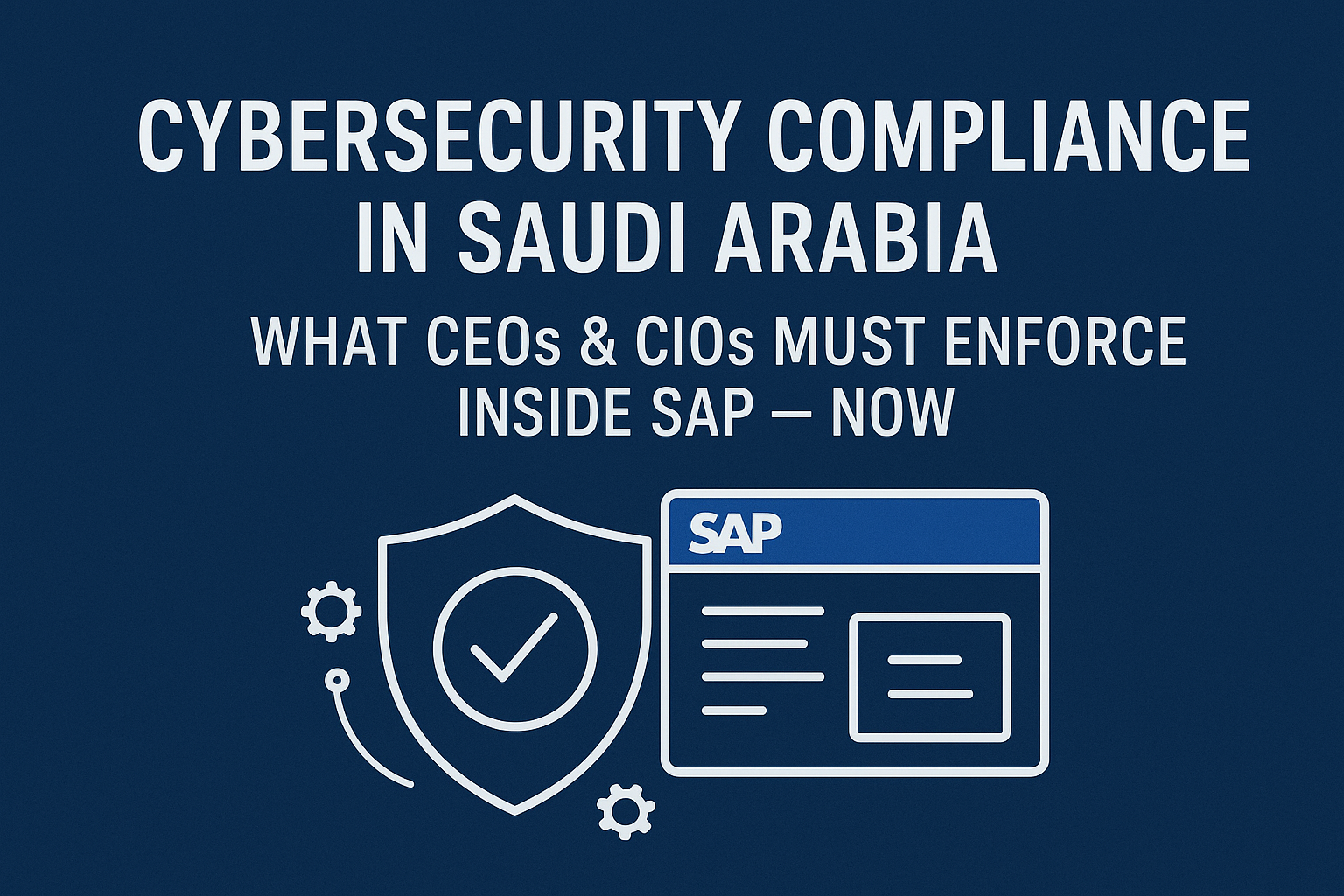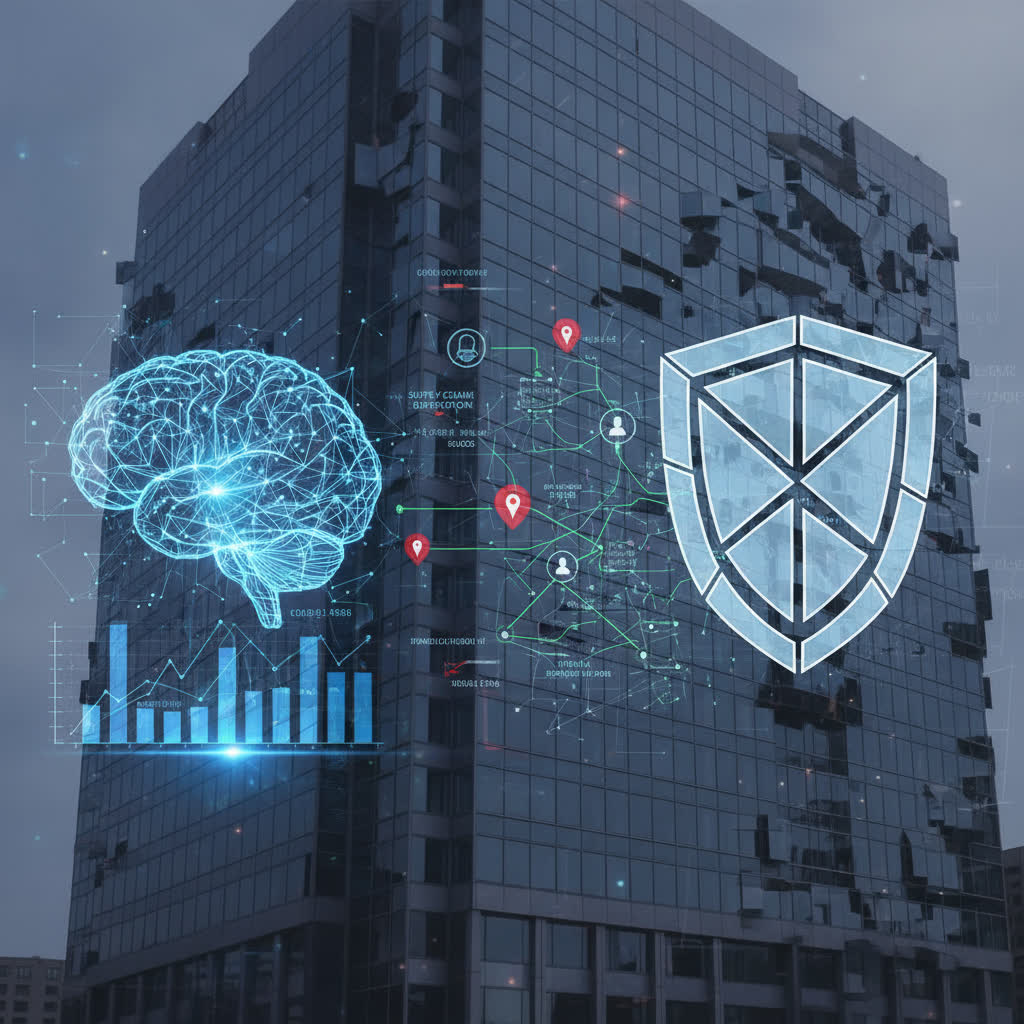Businesses must continuously adapt to maintain high levels of performance, security and compliance. The union of modern technology with thoughtful strategy has emerged as a key approach in delivering comprehensive solutions to clients. This integration ensures that organizational objectives are met consistently while risks are minimized and opportunities for process improvement are identified. Combining advanced digital tools with well-designed business strategies enables organizations to work more effectively, helping them address specific industry pressures while supporting sustainable growth. By prioritizing this synergy, enterprises have an opportunity to remain relevant, support regulatory demands and build a robust operational foundation.
Understanding the Link Between Technology and Strategy
Integrating technology and strategy begins with a clear recognition of how digital tools can advance business goals. Organizations today rely on a wide range of technologies to streamline operations, enhance data security and increase transparency. However, simply implementing advanced tools does not guarantee success. Strategic alignment is required to ensure these technologies are intentionally chosen and deployed in support of broader objectives. Collaboration between IT leaders and executives is essential to develop solutions that map to the unique challenges and ambitions of each organization. Thoughtful planning helps minimize technology-related risks and prevent resource misallocation, directing investments where the greatest value can be realized.
The Role of Compliance in Technology Solutions
Maintaining compliance with regulatory standards is a growing concern for organizations navigating industry frameworks such as GDPR, SOX and ISO 27001. Technology forms the backbone of many compliance initiatives, offering tailored applications and automated monitoring systems that simplify regulatory management. Strategy enters the equation by helping companies interpret legal obligations and determine how digital resources support ongoing oversight. Successful integration results in reduced exposure to compliance violations, more efficient audit processes and improved data integrity. By blending technical precision with regulatory insight, businesses achieve a balance that not only satisfies authorities but also builds stakeholder trust.
Mitigating Security Risks With Integrated Approaches
Security threats are constantly evolving and pose risks to both sensitive data and business continuity. Addressing these vulnerabilities requires an approach where technology and strategy work together. Effective risk mitigation depends on deploying robust security tools and processes specifically designed to protect assets across the organization. Strategic frameworks guide leaders in threat identification, resource prioritization and contingency planning. When technology and strategy are closely aligned, cybersecurity measures become proactive rather than reactive, limiting the impact of incidents and ensuring resilience. Businesses benefit from greater peace of mind, knowing that security controls are interwoven with clear, actionable policies.
Simplifying Complex Migrations and Transformations
Migrating to modern platforms or upgrading enterprise systems can be demanding due to the dynamic nature of today’s business requirements. Technology provides the capabilities necessary for transitions, but successful migrations depend on strategic planning to address process optimization, risk minimization and role management. Clear goals, tailored timelines and thorough stakeholder involvement are essential components of the process. When strategies are informed by technology’s strengths, organizations experience smoother transitions and realize the full performance benefits of new environments. Streamlined migrations enable companies to maintain compliance, upgrade security and improve operational efficiency.
Optimizing Authorization and Role Management
Access controls and authorization management have come to the forefront as digital landscapes expand. Technologies supporting granular role assignments and continuous monitoring offer significant value, but their true impact is captured only through strategic implementation. Enterprises need to assess workflows and operational requirements to align access privileges accordingly. Comprehensive authorization strategies minimize the risk of privilege misuse while supporting auditing efforts. By evaluating specific business needs and leveraging technology thoughtfully, organizations establish strong internal controls that support accountability and transparency throughout their SAP environments.
Driving Value With Innovative Tools and Analytical Insights
Analytics and process optimization solutions are central to delivering comprehensive results. Technologies that monitor system performance or scan for anomalies provide immediate feedback on organizational health. Strategic interpretation of these insights allows decision-makers to act quickly, adjust processes and invest in improvements where they will have the most impact. By connecting analytical capabilities with overarching goals, businesses drive both efficiency and value—they can save costs, identify growth opportunities and create more agile frameworks. Modern tools combined with informed leadership empower enterprises to make smarter decisions and predict future needs with confidence.
Collaboration between technical experts, auditors and business leaders establishes a working environment that amplifies the strengths of both technology and strategy. Shared knowledge and ongoing education foster innovation, while regular feedback loops ensure that projects remain aligned with business priorities. Organizations that value this synergy are better equipped to meet evolving market demands, protect sensitive information and maintain high levels of user satisfaction. A culture of continuous improvement supported by integrated solutions promotes sustained competitiveness and future readiness. These principles become embedded in daily operations, driving ongoing progress at every level.





